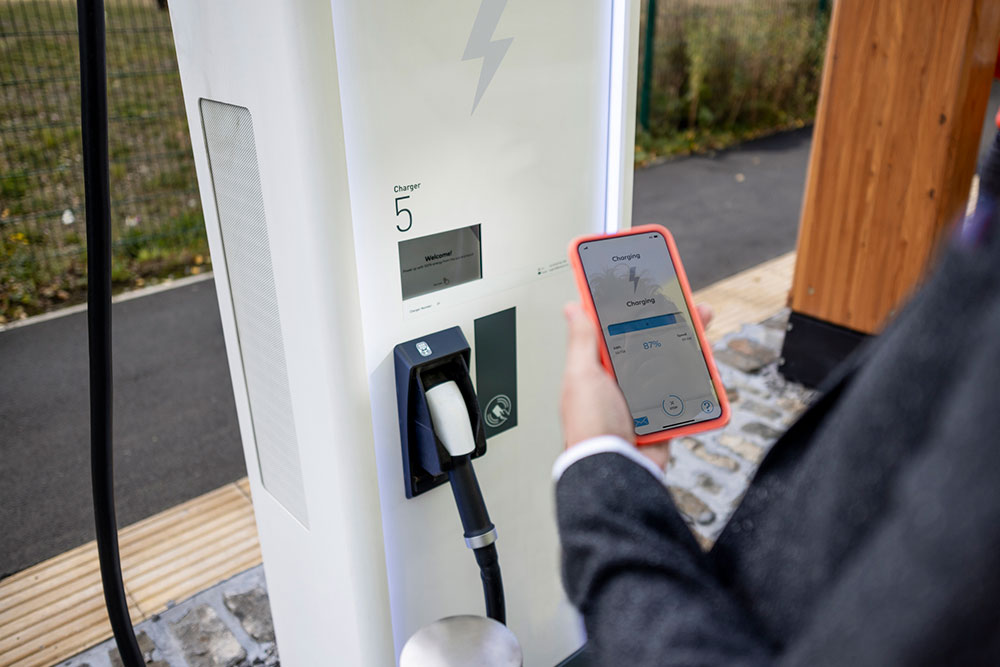
As electric vehicles (EVs) gain popularity, the need for accessible and efficient charging infrastructure is more critical than ever. Whether you’re a business owner, property developer, or city planner, understanding the planning and permitting process for EV charging stations is vital. In the following, we will provide you with valuable insights and tips to streamline the process and ensure the successful deployment of EV charging infrastructure.
1. Identify Your Target Audience and Location
Before embarking on an EV charging project, it’s crucial to identify your target audience and the most suitable location for the charging stations. Consider the needs of your customers, employees, or the public to determine the optimal placement of charging stations.
2. Select the Right Type of Charging Station
There are various types of EV charging stations, including Level 1, Level 2, and DC fast chargers. The choice of charger should align with your goals, the charging speed you wish to provide, and the power capacity of your location.
3. Understand Local Regulations and Codes
Different municipalities have specific regulations and building codes related to EV charging infrastructure. It’s essential to familiarize yourself with these rules to ensure compliance during the permitting process.
4. Consult with Utility Providers
Collaboration with local utility companies is key to determining the feasibility of your EV charging project. You’ll need to assess your site’s electrical capacity and discuss any necessary upgrades with the utility providers.
5. Permitting Process
The permitting process can be complex, so be prepared to engage with local authorities. You may need to obtain permits for electrical work, zoning approvals, and possibly environmental impact assessments, depending on your location.
6. Consider Accessibility and ADA Compliance
Ensure that your EV charging stations are accessible to all users, including those with disabilities. Comply with the Americans with Disabilities Act (ADA) to provide accessible spaces and charging options.
7. Work with Experienced Contractors
Partner with experienced electrical contractors who understand the intricacies of EV charging infrastructure. They can assist with the installation and help navigate the permitting process.
8. Pricing and Payment Options
Decide on your pricing model and payment options for using the charging stations. You can choose to offer free charging, charge per hour, or per kilowatt-hour (kWh). Implement a user-friendly payment system for convenience.
9. Maintenance and Support
Implement a maintenance plan to ensure your charging stations remain operational. Regular inspections and prompt repairs are essential to keep users satisfied.
- Promote Your EV Charging Stations
Once your EV charging infrastructure is up and running, promote it effectively. Use signage, digital platforms, and partnerships to inform potential users of the charging options available.
The growth of the electric vehicle market is undeniable, and the demand for accessible charging infrastructure is only going to increase. By following these planning and permitting tips, you can not only meet this growing demand but also contribute to a more sustainable and environmentally friendly future. Whether you’re a business owner, property developer, or city planner, embracing EV charging infrastructure is a forward-thinking investment that benefits both your community and the planet.